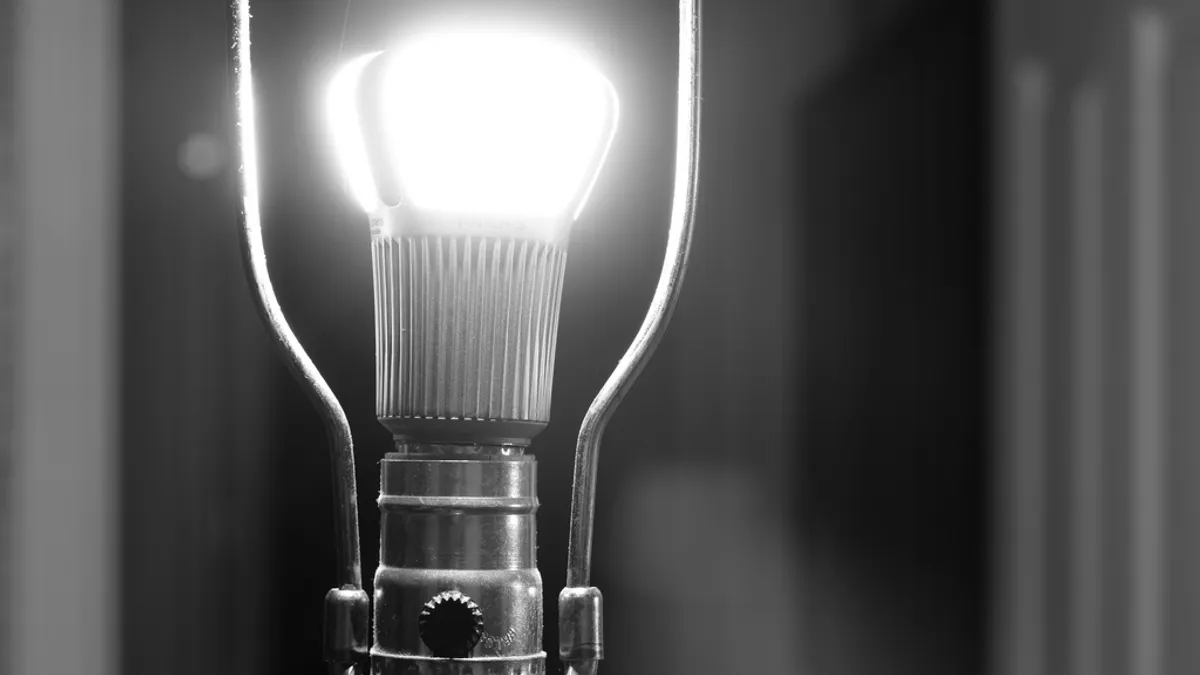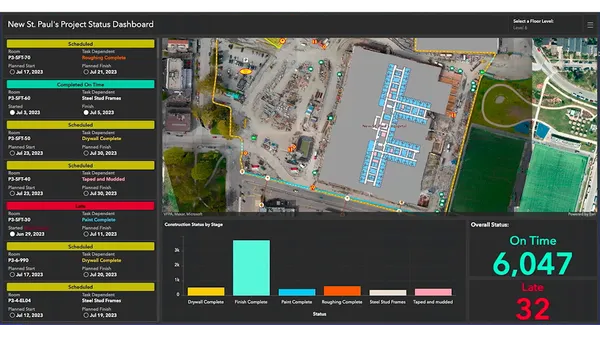Dive Brief:
-
The use of installed LED lamps and luminaires worldwide is expected to grow from 6% in 2015 to 86% in 2035, according to a biannual report from the U.S. Department of Energy.
-
LEDs will experience rapid, continued market penetration, accounting for 30% of all U.S. lighting by 2020, the report finds.
- The widespread adoption of LEDs will result in a 75% energy-use reduction related to lighting systems by 2035.
Dive Insight:
The adoption of LED lighting continues to surge as compact fluorescent lamps take a back seat to LEDs and incandescent lamps are phased out of general lighting applications. The primary driver of LED lighting is energy savings, which the DOE report claims will allow the technology to lead light sources in market share by 2035. Among the key applications for LED are linear and low- and high-bay commercial fixtures as well as Type A "Edison-style" lamps for residential and directional connected lighting.
In addition to energy savings, LEDs also afford building managers the ability to incorporate additional technology such as motion and occupancy sensors, security cameras, and location-tracking software onto the same chip-board as the light source. Retailers are using that capability to create opt-in shopping apps that serve customers coupons, help them find product in the store and offer them easy access to customer service.
Other applications in which LED technology is empowering fixtures with greater functionality include sports stadiums. There, LED lighting systems are being implemented for their energy-saving potential, tunable and color-changing functionality to create an immersive fan experience without impacting the light on the field, as well as for their integration of positioning technology to guide fans through the space.













